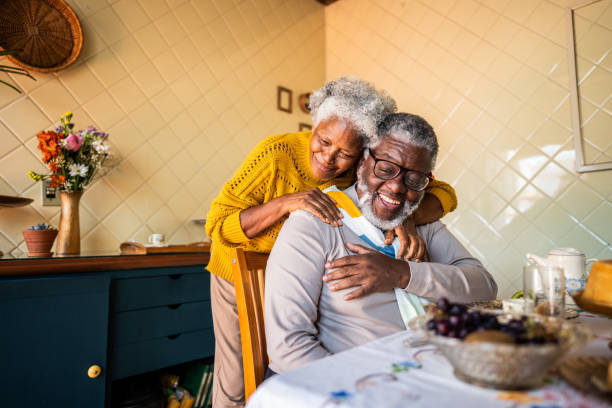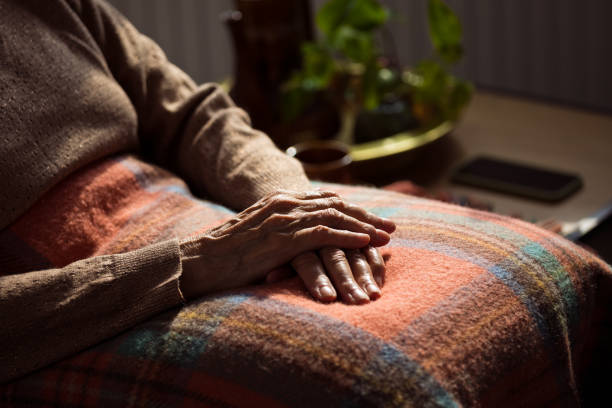As people age, maintaining a balance between body and mind becomes increasingly important. For seniors who spend much of their time at home, physical health and emotional wellness are deeply intertwined, each influencing the other in ways that can shape overall quality of life. While exercise, diet, and medical care are often emphasized, the emotional side of well-being deserves equal attention. When nurtured together, physical vitality and emotional resilience can create a more fulfilling and independent lifestyle for older adults.
Contents
Why Physical Health Shapes Emotional Well-Being
The body and mind share a remarkable connection, and for seniors, this link is especially evident. Regular movement, even light exercise such as walking, stretching, or chair yoga, not only supports strength and balance but also stimulates the release of endorphins—the body’s natural “feel-good” hormones. These chemical boosts reduce stress and lift mood, combating feelings of isolation or depression that can sometimes accompany aging at home.
Furthermore, maintaining physical health through proper nutrition and medical management helps prevent chronic conditions from taking a toll on emotional stability. A senior who feels capable in their body is more likely to feel confident, engaged, and motivated to participate in daily life.
How Emotional Wellness Impacts Physical Health

Emotional wellness is not just a state of mind; it has tangible effects on the body. Studies show that seniors with high levels of stress or anxiety often experience weakened immune systems, higher blood pressure, and poorer sleep patterns. These issues, in turn, can accelerate physical decline.
Conversely, positive emotional states—cultivated through social connection, hobbies, or spiritual practices—can enhance resilience against illness. When seniors feel supported and emotionally fulfilled, they are more inclined to adhere to medical advice, maintain healthier routines, and engage in preventive care.
The Role of Social Connections
Loneliness is a significant factor that undermines both physical and emotional health in seniors. Those who remain socially active, whether by interacting with family, participating in community programs, or even connecting virtually with friends, report better overall wellness. Social bonds not only provide emotional support but also encourage physical activity, such as group exercise classes or walks with peers.
For seniors at home, structured visits from caregivers, neighbors, or volunteers can reduce isolation and create a sense of belonging. These relationships foster emotional security, which translates into healthier daily habits and reduced risk of cognitive decline.
Creating a Healthy Home Environment
The home environment itself plays a pivotal role in sustaining the mind-body connection. A space that is safe, accessible, and uplifting can empower seniors to remain independent while supporting both physical and emotional needs.
Simple adjustments, such as removing tripping hazards, improving lighting, and ensuring easy access to nutritious meals, can reduce stress and promote safety. Meanwhile, incorporating meaningful elements like family photos, calming music, or plants can enhance mood and encourage a sense of peace.
Practical Ways to Support Seniors at Home
Families and caregivers can strengthen the link between physical health and emotional wellness by encouraging small but impactful habits. Regular routines that combine light exercise, balanced meals, and moments of social engagement create stability and reassurance. Activities such as gardening, reading, or creative hobbies stimulate both body and mind, offering joy alongside mental sharpness.
Additionally, mindfulness practices like meditation or guided breathing can help seniors manage stress, improve sleep, and foster a positive outlook. When paired with physical activity, these practices create a powerful foundation for overall wellness.
Empowering Seniors to Thrive
Ultimately, the goal is not only to extend life but to enrich it. When seniors at home are supported in nurturing both their physical and emotional well-being, they are more likely to maintain independence, experience fewer health setbacks, and enjoy richer connections with loved ones.
The bond between physical health and emotional wellness is undeniable, and for seniors, it represents the key to living with dignity, vitality, and joy. By approaching wellness as a holistic journey rather than a set of separate tasks, families and caregivers can help older adults truly thrive at home.

